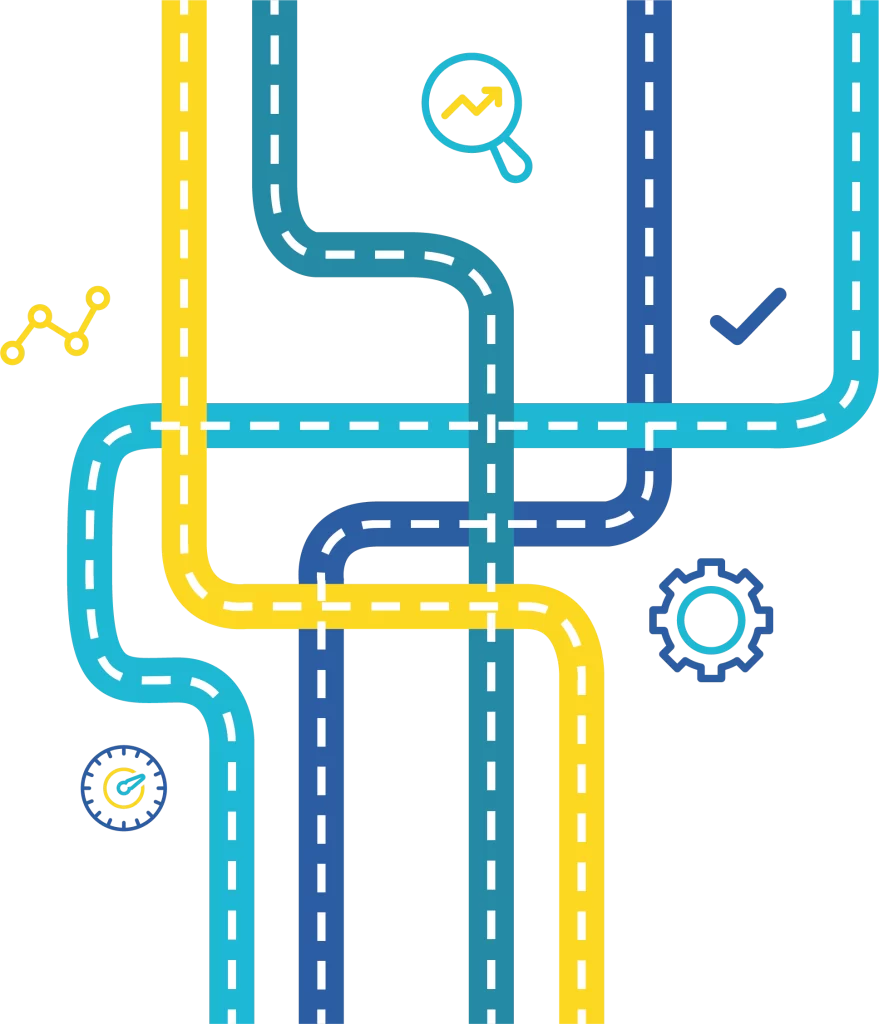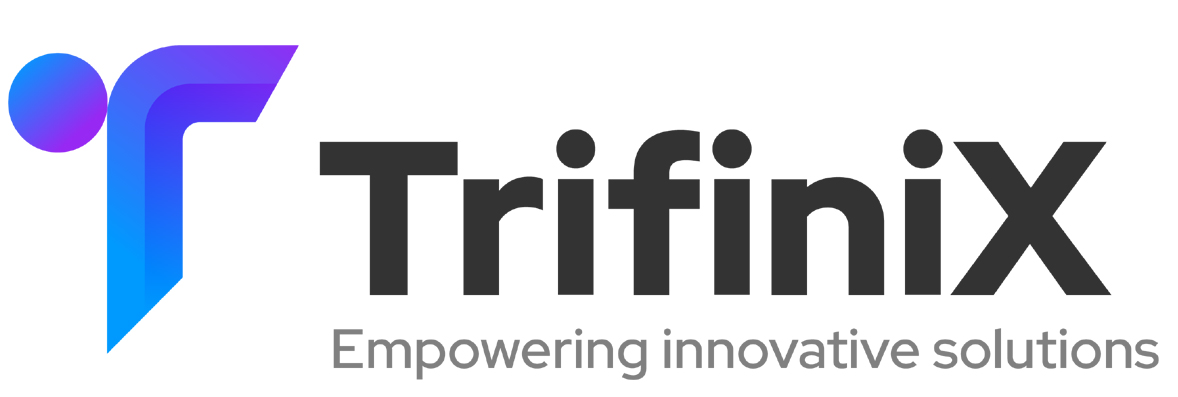Security
Home > Security
Industry Trends & Challenges
The security industry is continually evolving to address these challenges and stay ahead of emerging threats. Collaboration, education, and innovation are key factors in developing robust security strategies to protect organizations and individuals in an increasingly interconnected world.
-
AI and Machine Learning in Security: Artificial intelligence and machine learning technologies have been increasingly integrated into security solutions. They help in detecting and responding to threats, identifying patterns, and improving overall security efficiency.
-
Zero Trust Architecture: The Zero Trust model has gained traction, emphasizing the need to verify and authenticate all users and devices, regardless of their location, before granting access to resources. This approach helps in preventing unauthorized access and lateral movement within networks.
-
Cloud Security: With the continued adoption of cloud services, securing cloud environments has become a top priority. Cloud security solutions and best practices are evolving to protect data, applications, and services in the cloud.
-
IoT Security: As the Internet of Things (IoT) expands, the security of connected devices has become a significant concern. Ensuring the security and privacy of IoT devices and data has become a critical focus for the industry.


Enhanced security posture
The automation, configuration management, orchestration, containers, immutable infrastructure.

Vulnerability Mitigation
The capacity to recognize and fix common vulnerabilities and exposures (CVE) decreases as DevSecOps incorporates vulnerability screening.

Improved cloud security
The rapid, secure delivery of DevSecOps saves time and reduces costs by minimizing the need to repeat a process to address security issues after the fact.
Benifits
-
Isolation and Reduced Attack Surface: Microservices and decoupled architectures allow for greater isolation between components and services. If one service is compromised, it becomes more challenging for attackers to move laterally within the system. This reduced attack surface can limit the impact of potential security breaches.
-
Scalable Security Infrastructure: As the business grows, the security infrastructure can also scale accordingly. Cloud providers often offer built-in security services like Identity and Access Management (IAM), encryption, and monitoring, which can be leveraged to enhance the overall security posture.
-
Reduced Downtime and Faster Recovery: Microservices and containers facilitate easier backups and disaster recovery planning. In case of a security incident or system failure, restoring individual services or containers is more manageable, reducing downtime and its associated risks.
-
Easier Compliance Management: Complying with security regulations and standards can be simplified with containerization and Cloud-Native practices. By leveraging security features provided by cloud providers and following best practices, businesses can achieve and maintain compliance more effectively.
-
Access Control and Least Privilege: In serverless architectures, access control can be enforced at the function level, implementing the principle of least privilege. This ensures that each function only has the permissions necessary for its specific task, limiting potential damage in case of a security breach


